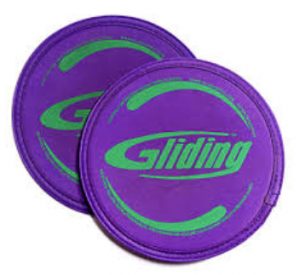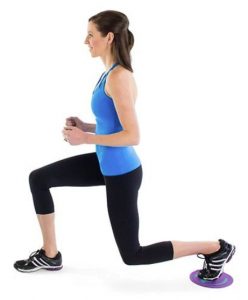Our Fitness Director, Mike Locke works with Alexa to demonstrate how to do the Cinderella Scrub (PDF) at home.
Equipment – Hand Towel, Plastic Plate, or Glide Disc Slider for Hands Pillow, Bath Towel, or Mat for Knees
Position – Quadrupled (Hands and Knees) Knees on Pillow, Towel, or Mat Hands-on Hand Towel, Plastic Plate, or Glide Disc Slider
Prescription – 2-3 x’s 30-60 sec for each movement
Cinderella Scrub Backward/Forward – Level 1
Scrub hands forward and backward with arms straight keeping hands under shoulders. Scrubbing motion should come from torso flexing and extending. To increase the intensity, lean forward placing more bodyweight on the hands.
Cinderella Scrub Left/Right – Level 1
Scrub hands left and right with the arms straight keeping hands under shoulders. Scrubbing motion should come from the torso rotating left and right not going farther than each knee. To increase intensity lean forward placing more bodyweight on the hands.
Cinderella Scrub Polish – Level 1
Polish with hands moving in a short circular clock-wise motion. Polish motion should come from the torso while maintaining the hands under the shoulders. Repeat in a counter-clockwise motion. To increase intensity lean forward placing more bodyweight on the hands.
By choosing to participate in any online class/exercise, you hereby waive and release all rights and claims for any damage you have against Bellingham Athletic Club and all representatives for all injuries which may be suffered in connection with your participation.









 In the last two exercises of the month, we have looked at the progressions for split squats. The next exercise in that progression is adding movement of one leg to that stationary movement.
In the last two exercises of the month, we have looked at the progressions for split squats. The next exercise in that progression is adding movement of one leg to that stationary movement.



 by Mike Locke, Fitness Director
by Mike Locke, Fitness Director